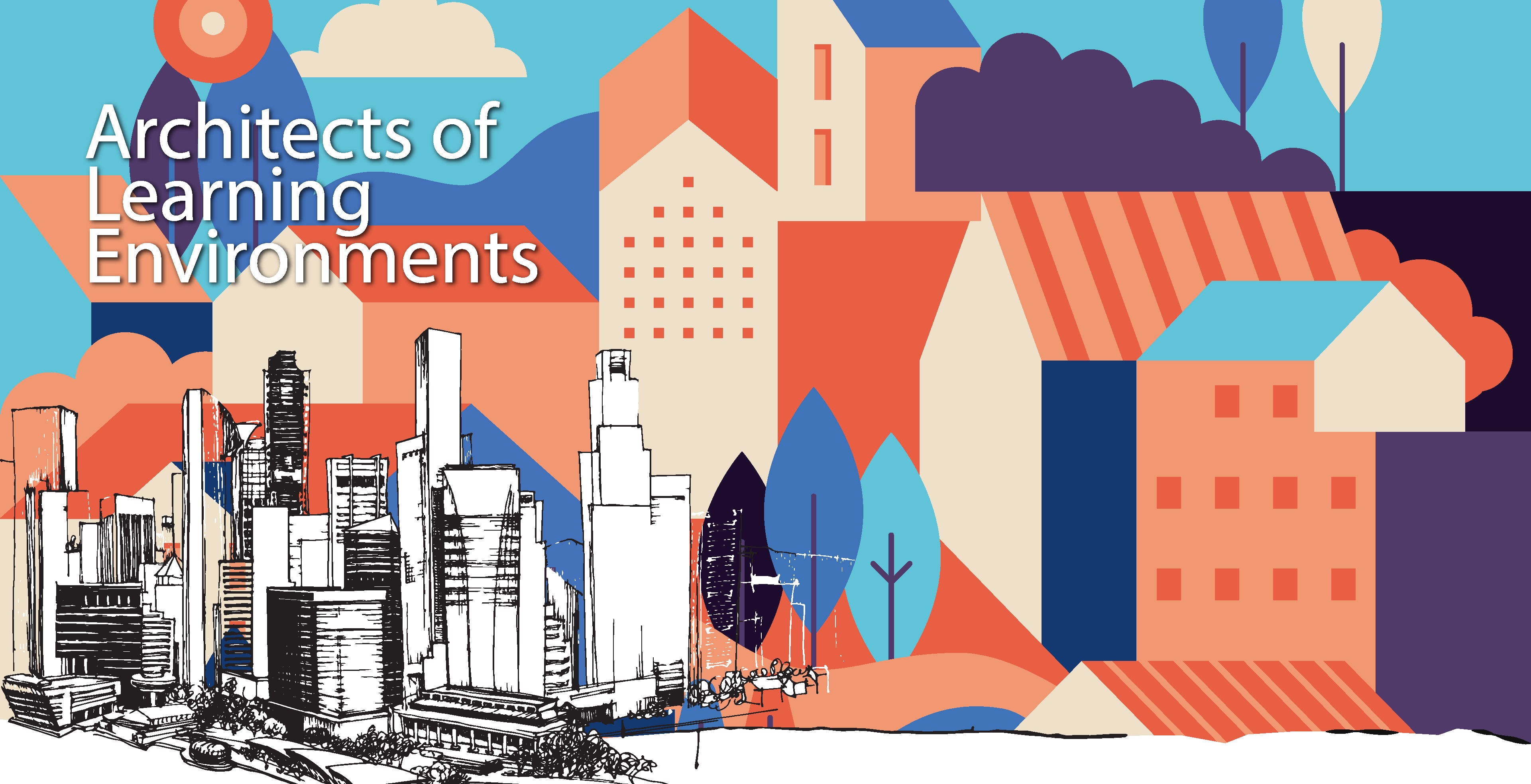
Learning environments are the social, psychological and pedagogical contexts that shape students’ learning. As Singapore shifts towards new cultures of learning that emphasise critical and creative thinking, collaboration and joy in learning, our schools, policymakers and teachers need to rethink the design of learning environments to encourage these forms of learning.
This issue of NIEWS focuses on the different ways we can shape the environment to enable learning. Associate Professor Eddy Chong, for example, is leading the way in music education with the creation of Harmonia-on-the-Go, a music-learning app for Gen Z students. The app takes learning to a new level, encouraging students to engage with music learning on their own and providing a level of personalised assessment not possible in a classroom context with a single teacher. Dr Norman Lim’s article on five easy walking trails in Singapore remind us that the great outdoors is one important learning space, even in urban Singapore.
Design of learning environments and access to these environments should be equitable and inclusive. Drawing on critical disability studies, Professor Dan Goodley from the University of Sheffield takes the perspective that policymakers must be more aware of the disabled in society. When policymakers and educators consider how the disabled move about in their social worlds of studying, working and interacting, they become more aware of how to shape an inclusive space for both the abled and disabled.
Design of learning environments should also be ongoing and responsive to change. Ms Chang Tianju and Mr Nah Hong Leong share about how Commonwealth Secondary School has taken the lead in using Design Thinking to re-think learning spaces, from the canteen to their classrooms. Finally, Dr Nirmala Karuppiah provides a guide on how teachers can create fun learning spaces for young children.
I hope this issue gives you a glimpse into how policymakers, teacher-educators and teachers can work together to co-design effective and equitable learning environments for our students.

Assistant Professor, Loh Chin Ee
Learning environments are the social, psychological and pedagogical contexts that shape students’ learning. As Singapore shifts towards new cultures of learning that emphasise critical and creative thinking, collaboration and joy in learning, our schools, policymakers and teachers need to rethink the design of learning environments to encourage these forms of learning.
This issue of NIEWS focuses on the different ways we can shape the environment to enable learning. Associate Professor Eddy Chong, for example, is leading the way in music education with the creation of Harmonia-on-the-Go, a music-learning app for Gen Z students. The app takes learning to a new level, encouraging students to engage with music learning on their own and providing a level of personalised assessment not possible in a classroom context with a single teacher. Dr Norman Lim’s article on five easy walking trails in Singapore remind us that the great outdoors is one important learning space, even in urban Singapore.
Design of learning environments and access to these environments should be equitable and inclusive. Drawing on critical disability studies, Professor Dan Goodley from the University of Sheffield takes the perspective that policymakers must be more aware of the disabled in society. When policymakers and educators consider how the disabled move about in their social worlds of studying, working and interacting, they become more aware of how to shape an inclusive space for both the abled and disabled.
Design of learning environments should also be ongoing and responsive to change. Ms Chang Tianju and Mr Nah Hong Leong share about how Commonwealth Secondary School has taken the lead in using Design Thinking to re-think learning spaces, from the canteen to their classrooms. Finally, Dr Nirmala Karuppiah provides a guide on how teachers can create fun learning spaces for young children.
I hope this issue gives you a glimpse into how policymakers, teacher-educators and teachers can work together to co-design effective and equitable learning environments for our students.

Assistant Professor, Loh Chin Ee













